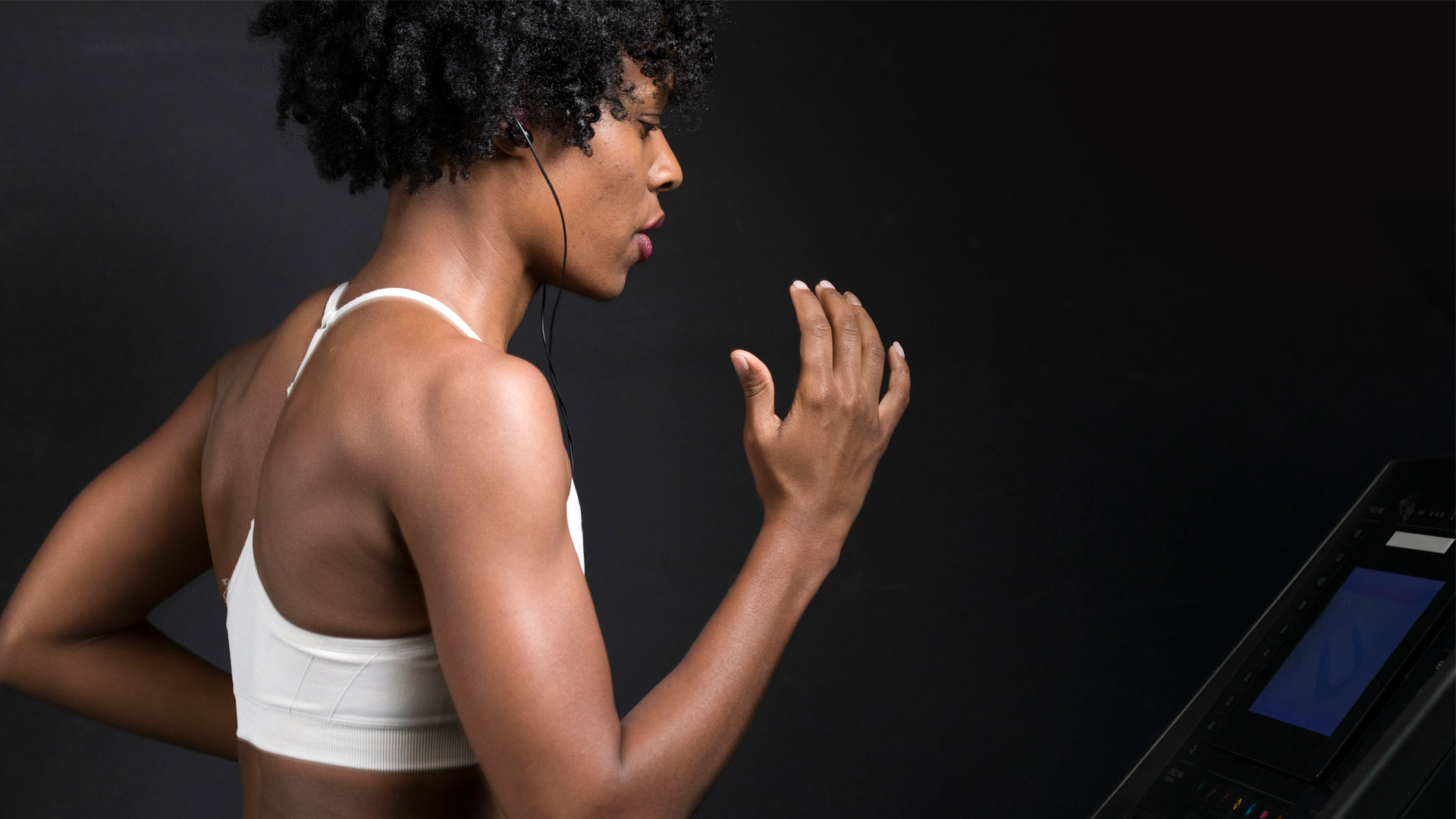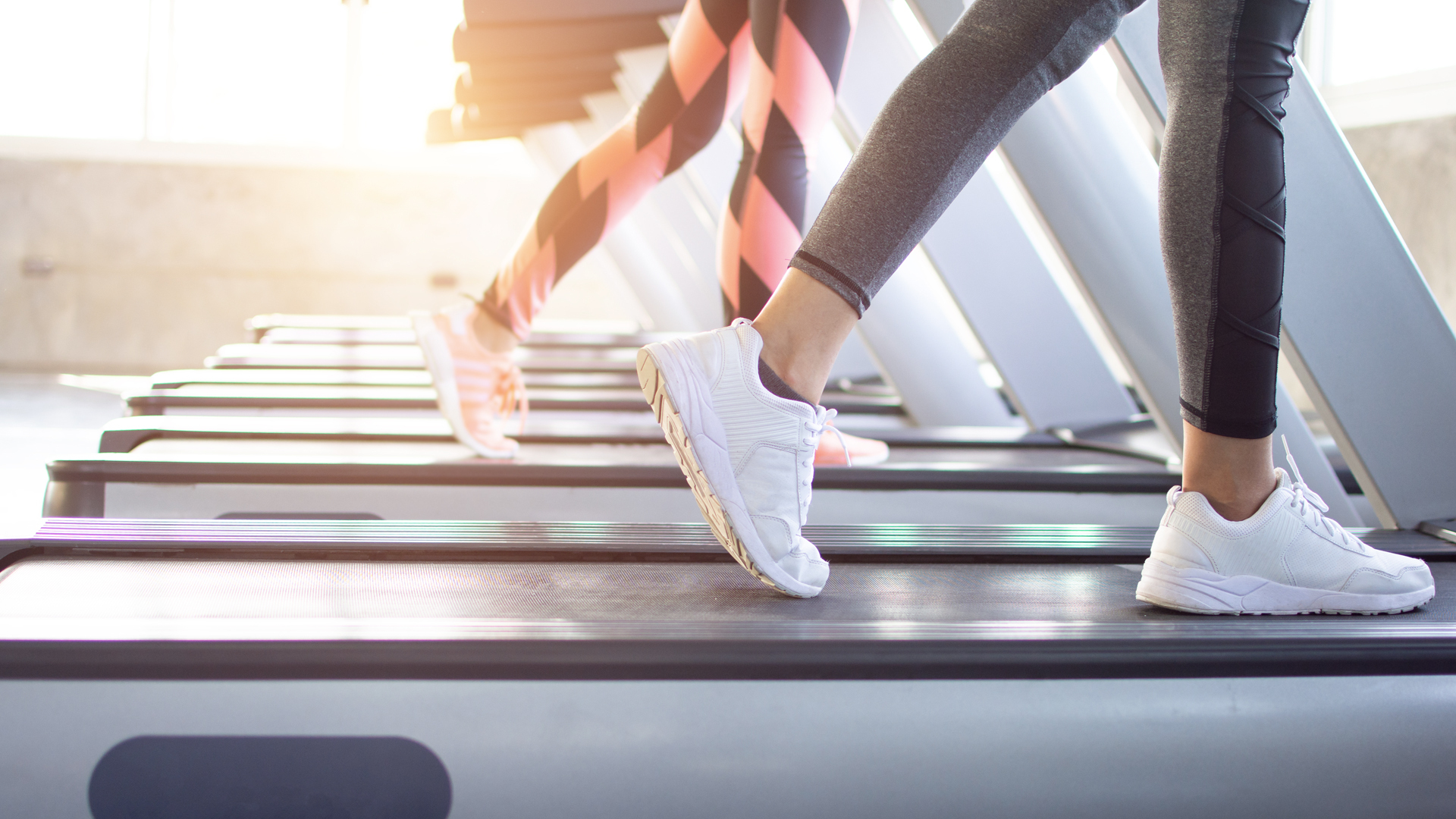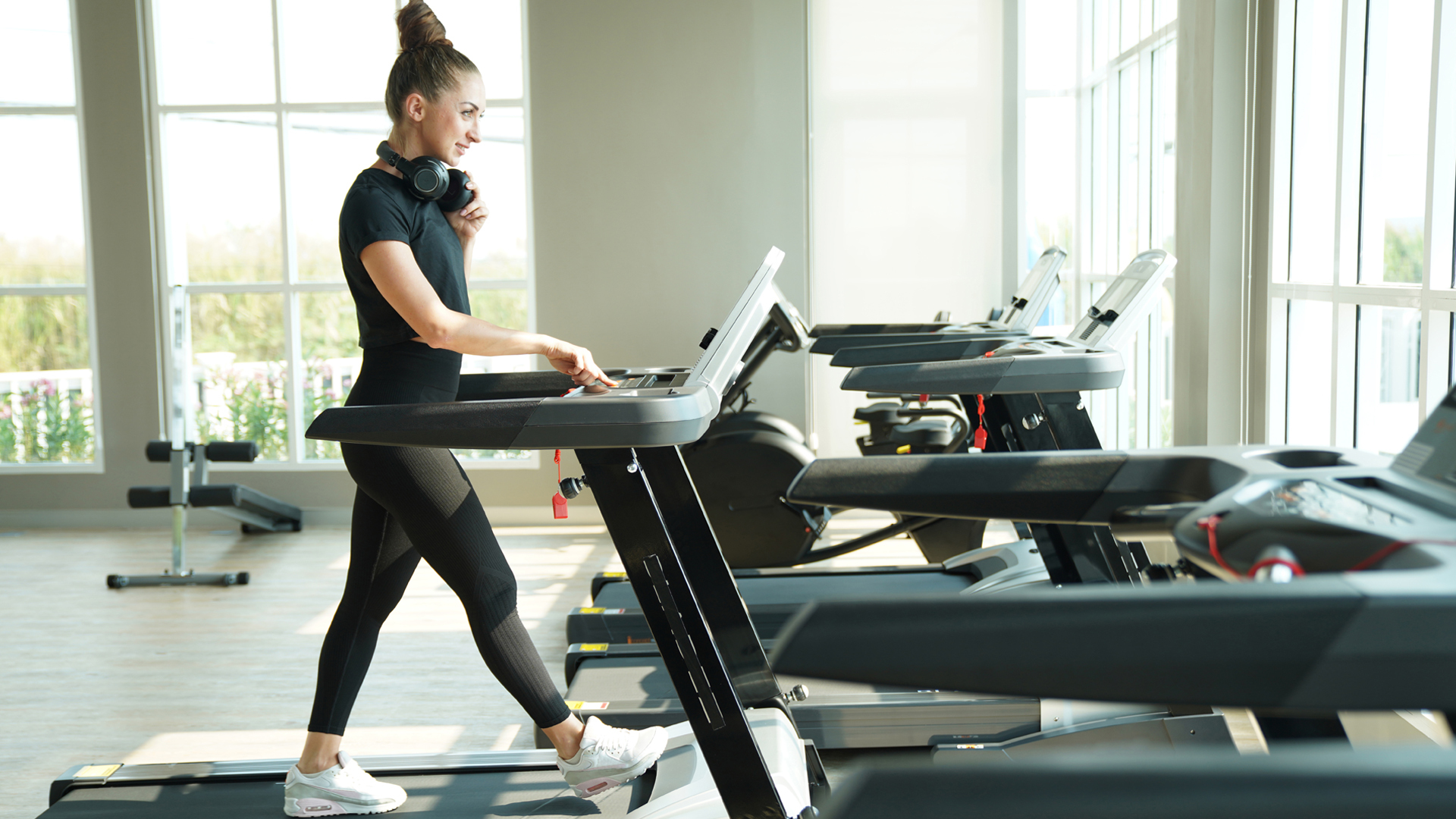Is the treadmill good for losing weight?
Yes, it's handy for running indoors when the weather is poor, and keeping fit, but can your treadmill help you lose weight?

Treadmills are a popular device used for aerobic exercise. You'll often find them in gyms, and many people have invested in home treadmills over the past 18 months; but are treadmills good for losing weight?
If you’ve already bought one of the best treadmills, you’ll know this workout machine can help you reach your all-important 10,000 steps a day. It can also be the perfect exercise machine to help you nail an indoor run – especially when the weather is unsuitable for outside exercise. Pair this with some of the best running headphones and you're ready to supercharge your run.
Running can burn fat, but there are plenty of ways to get the most out of your treadmill when it comes to both fitness and weight loss. To help you personally determine if a treadmill is good for losing weight, we’ll look at how the body behaves when you're using one, and how the can be used most effectively for your weight and fitness level. We’ll also discuss whether walking on an incline is good for weight loss, what types of foods you should eat to help power you through your workout, and what foods to avoid.
- Related: Is running good for you?
Treadmills and weight loss
Any form of moderate to vigorous exercise – including running or walking on a treadmill – can have wide and varied health benefits. Along with helping to boost your mental health, lower blood pressure and reduce your risk of death by up to 30%, when coupled with other factors – like a good diet – exercise can also help you lose weight.
But not every exercise is equal. Running on a treadmill mimics running overground, but there are some key differences between the two. Running outside exposes runners to uneven terrains, differing gradients and wind resistance – all of which require you to expend more energy. However, a study published in the Journal of Sports Sciences shows that runners can compensate for this energetic cost by knocking up their treadmill to a 1% incline.
• Related: Best vegan protein powder
The American Council on Exercise says a person who weighs 180 pounds could burn up to 17 calories a minute by running, while a person who weighs 140 pounds could drop 13.2 calories by running.
As registered dietitian & certified specialist in obesity and weight management, Melissa Majumdar, MS, RD, CSOWM, LDN, who is also a spokesperson for the Academy of Nutrition and Dietetics, told Live Science: "Moving the body and exercise can be good for the body and mind."
She added, "In general, moderate to vigorous movement can support weight loss. When combined with changes in diet, exercise can help with weight loss. However, relying on exercise alone doesn’t always bring results."
Losing weight and sustaining the weight loss are reliant on several factors. According to the National Institute of Diabetes and Digestive and Kidney Diseases, weight loss is dependent on your:
- Family history and genes
- Race
- Age
- Sex
- Physical activity habits
- Lack of sleep
- Calorie intake
But that’s not to say that weight loss on a treadmill isn’t achievable. In a study published in2014 in the journal Work by the Department of Internal Medicine, Mayo Clinic, Rochester, researchers tasked 20 physicians to increase their activity using treadmill desks to lower their body fat. In that journal article, they said, "Research has shown that people who sit expend 60 to 80 calories per hour. If they walk 12 at just 1 MPH while working, they expend an additional 125 calories per hour."

Is walking on an incline good for weight loss?
Walking on an incline can help with weight loss. According to Healthline, an incline boosts your heart rate, targets the posterior chain muscles such as your hamstrings and glutes and increases the number of calories you burn.
Data from a 2012 study published in the Journal of BioMechanics showed that an incline is a strong predictor of metabolic cost. So much so that a 0% incline gave a metabolic cost of 3.3 watts per kilogram, it rose to 52W/kg at a 5% incline, while a 10% incline resulted in a metabolic cost of 113W/kg.
To put that in perspective, according to Healthline, a person who weighs 130 pounds when walking at 3.5 mph could burn around 354 calories compared with 224 calories when walking on a flat surface. And a person who weighs 180 pounds could burn 490 calories when walking on an incline – which is around 179 calories more than when walking flat.
But before you up that incline, it’s important to consider the negative implications walking on an incline can have – like increased lower back pain according to Healthline, especially in those who suffer with back issues. The key is to take it easy. And if you do suffer with lower limb pain or health problems, consult with your doctor before adjusting your incline.
- Related: How to get fit

What should you eat before running on a treadmill?
You don’t want to run on empty, so fueling up before treadmill time is crucial to a good workout. What you should eat before going on the treadmill depends on when you’re eating and how long you plan to work out.
But according to Majumdar, you should generally aim to eat one to two hours before a workout. "Meals should be balanced, with choices from all the food groups," she said. This includes:
- Carbohdyrates like fruit and whole grains for energy
- Protein like beans, nuts, tofu and some lean meat for hunger control and repair from exercise session
- Healthy fats like olive oil, nuts and avocado for fullness and vitamins A, D, E, and K
- Veggies like greens, tomatoes, and broccoli for filling fiber and vitamins/minerals
If you’re wondering what foods to avoid, Majumdar suggests vetoing foods high in fat and high in fiber.
"Think whole fat dairy, fried foods, some energy bars – or high in fiber – vegetables, beans," she said. "These may cause stomach issues while running and send you running to the bathroom instead."
Sign up for the Live Science daily newsletter now
Get the world’s most fascinating discoveries delivered straight to your inbox.
Becks is a freelance journalist and writer writing for a range of titles including Stylist, The Independent and LiveScience covering lifestyle topics such as health and fitness, homes and food. She also ghostwrites for a number of Physiotherapists and Osteopaths. When she’s not reading or writing, you’ll find her in the gym, learning new techniques and perfecting her form.











